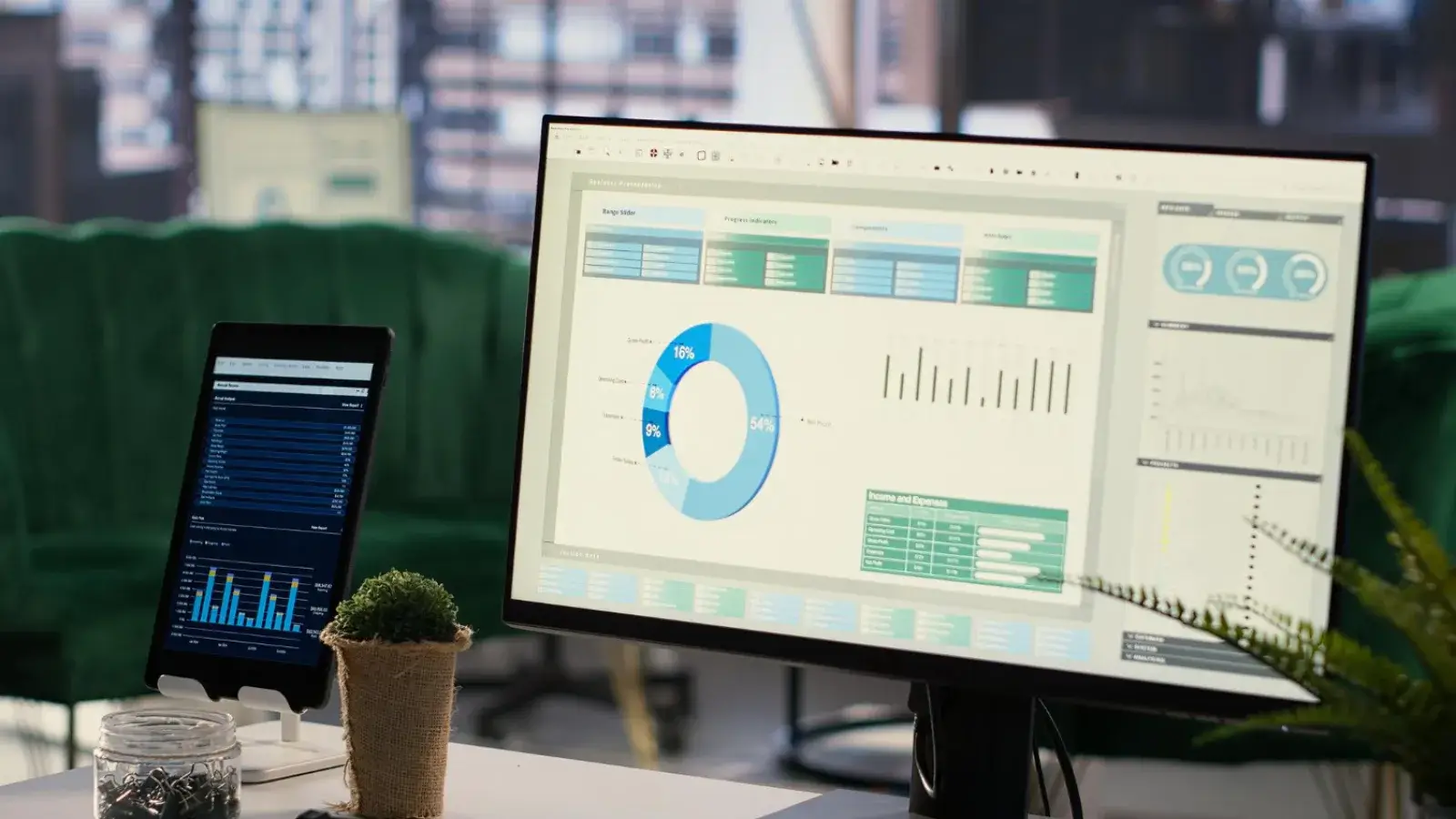


SAP (Systems, Applications, and Products) is a widely utilized enterprise software developed by a German corporation. It has established itself as a fundamental component of business technology globally, with a presence in the industry for approximately fifty years.
As a rule, each department utilizes its own software systems to manage various operations, such as inventory management, human resources records, and sales reporting. When departments operate independently and track information separately, this can result in data silos, which hinder effective interdepartmental communication. SAP addresses this challenge by integrating disparate processes and data into a unified digital platform, fostering improved collaboration and streamlined operations across the organization.
SAP ERP is one of the leading software on the market that helps to operate a business better and faster. However, like any similar system, it requires constant monitoring, improvement, and testing.
Modern businesses have to process large amounts of data to remain competitive. Therefore, keeping paper documentation is no longer relevant. To monitor business processes, analyze and respond to user needs, and quickly update information about resources, companies are massively implementing ERP systems.
SAP testing is a specialized branch of digital product quality assurance that ensures the seamless operation of SAP ERP modules. It assesses the compliance of software with business requirements, checks the functionality, performance, and security of systems. It includes testing of various modules, individual functions, and workflows, and can be divided into performance, security, penetration, and other types of testing.
SAP testing should be engaged to ensure the accuracy, reliability, and security of ERP systems. Here are the main functions it handles:
Ensures continuous data integration. A business may use multiple systems from different developers. Testing should make sure that they exchange information correctly and contribute to the continuity of business processes.
Checks the accuracy of functions. Each function should meet the requirements and not lead to any financial losses or regulatory consequences.
Provides compliance with laws and standards and protects the software from vulnerabilities. Each product should comply with industry norms to avoid any legal sanctions.
Reduces costs. Testing helps to detect defects early and fix them at lower costs than when they are discovered at the final stages.
Ensures smooth updates. Regression testing is designed to test the software after each update to check whether all changed features are working correctly.
Assess performance and scalability. One of the goals of testing is to prove that the system can process significant volumes of transactions and not degrade performance metrics under various loads.
In addition, systematic SAP ERP testing increases user satisfaction and helps in making informed business decisions. It helps to create an efficient and reliable system that guarantees high data accuracy.
The SAP ERP testing process consists of several clear steps you need to take. The brief guide below will help you navigate:
Define a strategy and develop a business process map to determine the way the various modules interact.
Develop a plan that outlines the purpose and scope of testing, test cases, and criteria for their passage.
Set up a test environment that simulates a working one.
Execute pre-created test cases that simulate end-to-end transactions and operations.
Document the results and evaluate their discrepancies with the expected results.
Perform retesting to ensure that there are no bugs.
Implement user acceptance testing to ensure that the software meets the requirements and needs of the users.
Following a clear plan will help you not to miss any of the areas of the ERP system and ensure thorough testing.
Any specific area of testing requires a thoughtful and considered approach. Here are some SAP testing best practices to keep in mind.
Understanding the system, its functionality, and modules will help you identify the priority areas for testing and create appropriate test cases.
A comprehensive plan is key to covering all functional and non-functional requirements, scenarios, and business processes.
You should make sure that the system works equally well across different operating systems, browsers, and settings.
You should first include functional, data processing, and performance testing, and then focus on the user interface.
SAP systems are complex; therefore, automating some stages of testing will help to detect errors faster.
Implementing testing at an early stage in the development phase minimizes serious defects and reduces the cost of eliminating them, if any.
A SAP system requires constant support and monitoring. Timely testing will prevent possible failures.
The market for digital tools is quickly expanding. You should involve new practices and methodologies to perform testing faster and meet business requirements.
SAP testing is one of the important areas that ensure the smooth operation of ERP systems. Implement modern practices to achieve better results with less effort.